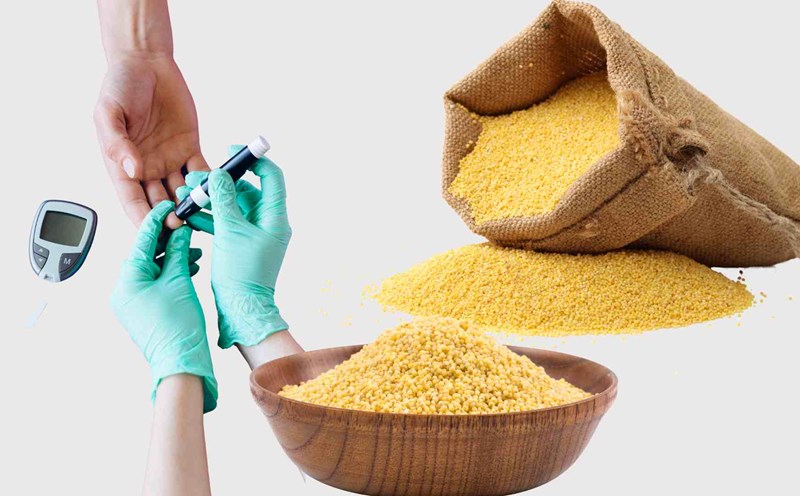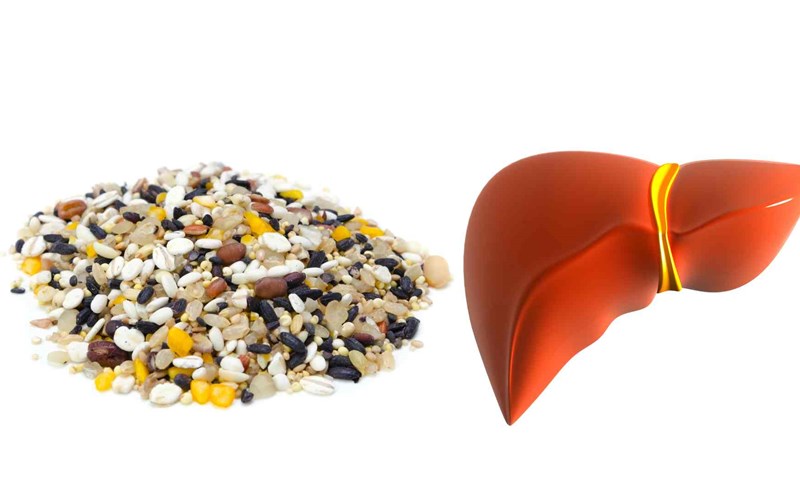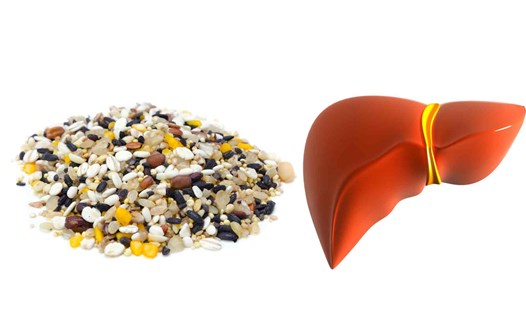For many years, oats have been considered the top choice for a healthy breakfast. However, another grain, millet, is gradually gaining attention for its nutritional value and cardiovascular benefits.
Nutritional Ingredients: Oatmeal fiber, magnetic minerals
A cup of cooked chopped oats provides about 166 calories, 4g of fiber and 6g of protein. Meanwhile, a cup of cooked millet contains 207 calories, 2g of fiber and 6g of protein.
According to Lauri Wright, PhD, RDN, director of the nutrition program at the School of Public Health, University of South Florida (USA): Oats have a high content of soluble fiber beta-glucan, which helps reduce cholesterol and stabilize blood sugar. Meanwhile, niacin, folate and antioxidants are rich in statistics.
Both are rich in manganese, phosphorus, and magnesium. In particular, magnesium in millet helps relax blood vessels, supporting lower blood pressure.
Another difference is gluten. Both oats and staters are gluten-free, but oats are often cross-contaminated during processing. Lindsay Malone, MS, RDN, nutrition lecturer at Case Western Reserve University (USA) noted: "Celects should look for certified gluten-free oats to ensure safety".
Benefits for the cardiovascular system and how to use it
Many studies have shown that oats help reduce LDL, stabilize blood sugar and may improve arterioline elasticity. Wright emphasizes: The soluble fiber in oats is an important factor in protecting cardiovascular health.
Meanwhile, millet helps increase satiety thanks to slow digestion of starch, and is also associated with a reduced risk of type 2 diabetes. Studies also show that millet can help control blood pressure thanks to its magnesium content.
In terms of flavor, oats have a smooth creamy texture, easy to prepare for both salty and sweet dishes. On the contrary, the position is light, slightly sweet, foam or chewy. Ki reminds me of soft quinoa, which is more suitable for salty than sweet, says Malone.
To increase nutrition, both oats and staters can be eaten with fresh fruits, nuts, spices such as cinnamon, turmeric, or added Greek yogurt to supplement calcium and protein.
Which is better for your health?
According to Malone, oats have the advantage of being popular, easier to buy and cheaper. They are also softer when cooked, suitable for many dishes from porridge, cakes to flour. However, staters are an interesting choice for changing tastes and adding minerals.
Thus, both have a place in a healthy diet. If you prioritize reducing cholesterol and blood sugar, oats may be a daily choice. If you want to increase your feeling of fullness, supplement magnesium and antioxidants, consider yourself a strong candidate.
The most important thing, according to Wright, is the diversity: Sctuating between oats and statins on the menu will help you make the most of the nutritional benefits of both grains.








